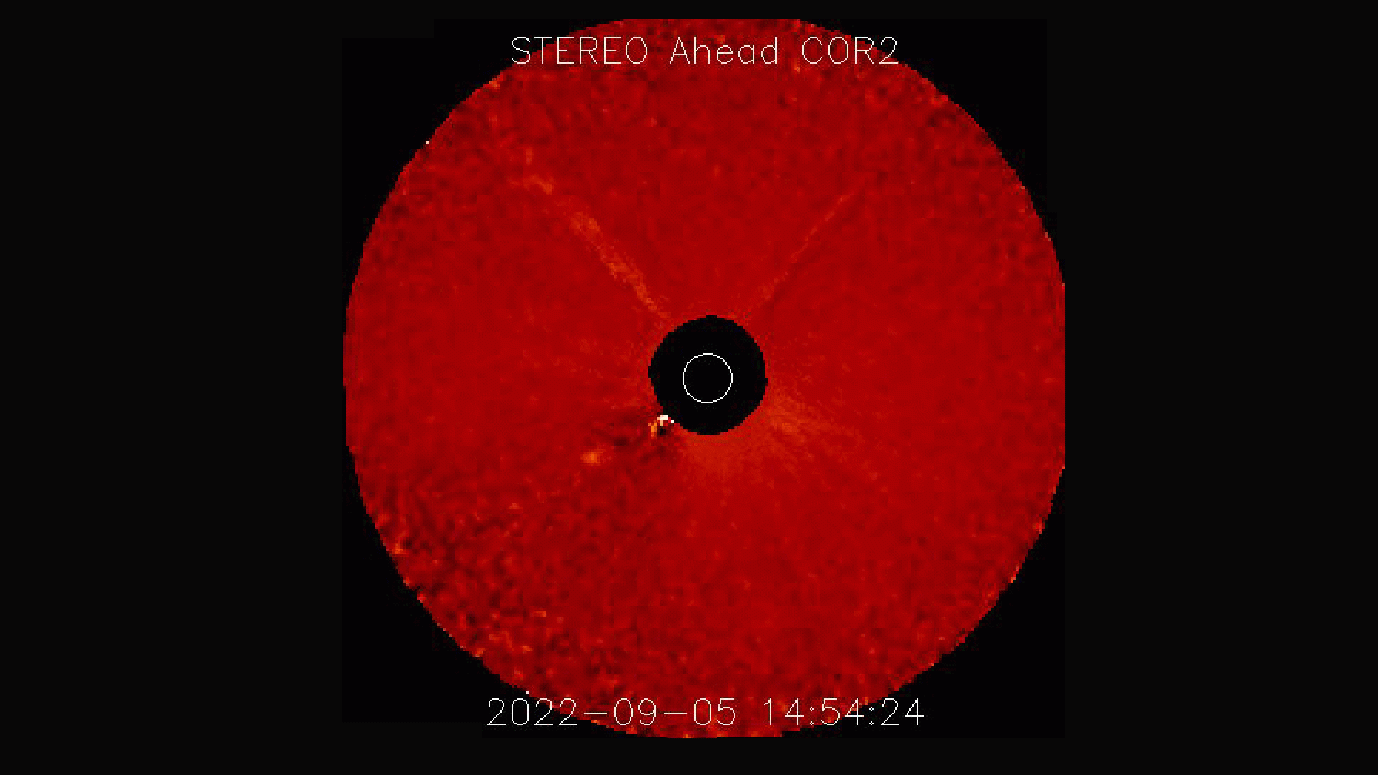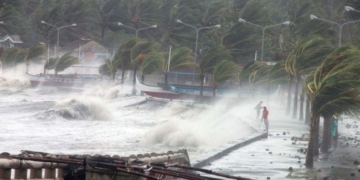The NASA spacecraft recently captured a stunning moment when a massive fireball of plasma, with unimaginable size and strength, was ejected from a sunspot.
Fortunately, it did not strike Earth. However, according to Live Science, it is likely that at this very moment, this gigantic fireball is causing extreme space weather on Earth’s “hellish twin” – Venus.
This event is a coronal mass ejection (CME), where plasma is released in a large burst from the upper layers of the Sun’s atmosphere. This is the second CME to hit Venus in just one week, as reported by NASA’s Solar Dynamics Observatory (SDO), an “immortal” spacecraft orbiting our parent star.

Close-up of the terrifying coronal mass ejection recently recorded by NASA – (Photo: NASA)
This powerful CME was ejected on September 5 by a giant sunspot. It is one of the strongest CMEs ever recorded since the SDO began its mission in 2020.
Although it did not strike Earth, this serves as a warning for us, as at any moment a similar fireball could be inadvertently released from a “gun barrel” facing our planet.
With the current state of human civilization, fireballs and flares from the Sun can cause significant disruptions when they collide with the atmosphere – leading to geomagnetic storms: disrupted positioning systems, loss of shortwave radio communication, damage or falling satellites, and even power grid failures.

















































